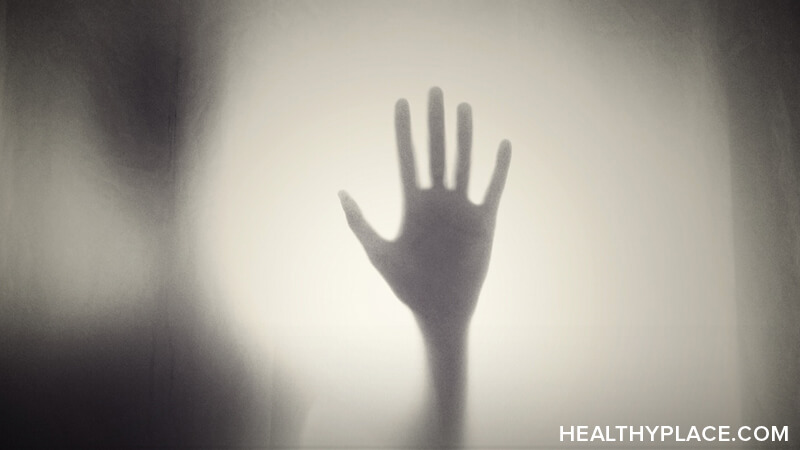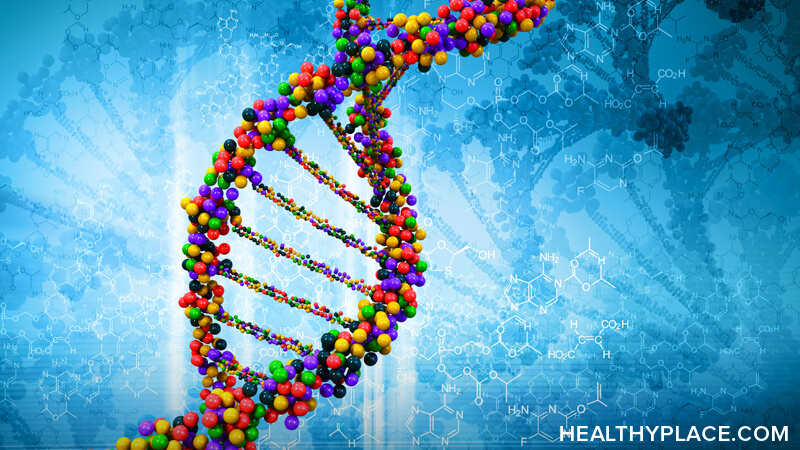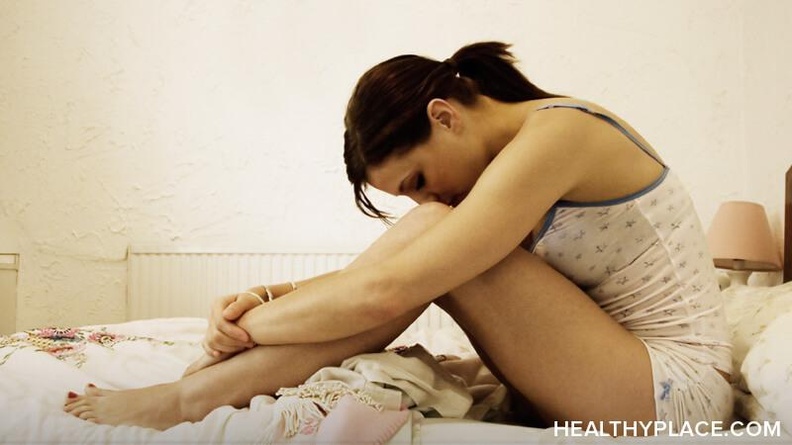Many People Have Sex Problems. Here's How to Treat Them

You know the cliche: a woman is so uninterested in sex that she makes a shopping list while making love. Jennifer and Laura Berman see such women all the time, and it's frustration -- not boredom -- that brings them to the Bermans' clinic at UCLA.
"I was talking to a woman earlier today about her low libido, which was a result of the fact that she can't reach orgasm," says psychologist Laura Berman, Ph.D., who with her sister, urologist Jennifer Berman, M.D., is a founder and co-director of the Center for Women's Urology and Sexual Medicine clinic. "Because she can't reach orgasm, sex is frustrating. She feels a hopeless, fatalistic complacency about her sex life. When she's having sex, her partner picks up on that and feels rejected and angry, or notices she's withdrawing. Then intimacy starts to break down. Her partner feels less intimate because there's less sex, and she feels less sexual because there's less intimacy. The whole thing starts to break down."
Acknowledgment of sexual dysfunction in America is booming. But with all the attention on Viagra and prostate problems in men, most people would probably never guess that more women than men suffer from sexual dysfunction. According to an article in the Journal of the American Medical Association, as many as 43 percent of women have some form of difficulty in their sexual function, as opposed to 31 percent of men.
And yet female sexuality has taken a back seat to the penis. Before Viagra, medicine was doing everything from penile injections to wire and balloon implants to raise flagging erections, while female sexual dysfunction was almost exclusively treated as a mental problem. "Women were often told it was all in their head, and they just needed to relax," says Laura.
The Bermans want to change that. They are at the forefront of forging a mind-body perspective of female sexuality. The Bermans want the medical community and the public to recognize that female sexual dysfunction (FSD) is a problem that may have physical as well as emotional components. To spread their message, they have appeared twice on Oprah, have made numerous appearances on Good Morning America and have written a book, For Women Only.
"Female sexual dysfunction is a problem that can affect your sense of well-being," explains Jennifer. "And for years people have been working in a vacuum in the sex and psychotherapy realms and the medical community. Now we are putting it all together."
No single problem makes up female sexual dysfunction. An article in the Journal of Urology defined FSD as including such varied troubles as a lack of sexual desire so great that it causes personal distress, an inability of the genitals to become adequately lubricated, difficulty in reaching orgasm even after sufficient stimulation and a persistent genital pain associated with intercourse. "We see women ranging from their early twenties to their mid-seventies with all types of problems," Laura says, "most of which have both medical and emotional bases to them." The physical causes of FSD can range from having too little testosterone or estrogen in the blood to severed nerves as a result of pelvic surgery to taking such medications as antihistamines or serotonin reuptake inhibitors, such as Prozac (Fluoxetine). The psychological factors, Laura says, can include sexual history issues, relationship problems and depression.
The Bermans codirected the Women's Sexual Health Clinic at Boston University Medical Center for three years before starting the UCLA clinic in 2001. At present, they can see only eight patients a day, but each one receives a full consultation the first day. Laura gives an extensive evaluation to assess the psychological component of each woman's sexuality.
"Basically, it's a sex history," Laura says. "We talk about the presenting problem, its history, what she's done to address it in her relationship, how she's coped with it, how it has impacted the way she feels about herself. We also address earlier sexual development, unresolved sexual abuse or trauma, values around sexuality, body image, self-stimulation, whether the problem is situational or across the board, whether it's lifelong or acquired." After the evaluation, Laura recommends possible solutions. "There is some psycho-education in there, where I'll work with her around vibrators or videos or things to try, and talk about addressing sex therapy."
Afterward, the patient is given a physiological evaluation. Different probes are used to determine vaginal pH balance, the degree of clitoral and labial sensation and the amount of vaginal elasticity. "Then we give the patient a pair of 3-D goggles with surround sound and a vibrator and ask them to watch an erotic video and stimulate themselves to measure lubrication and pelvic blood flow," Jennifer says.
he identification of FSD (female sexual dysfunction) has been called everything from the final frontier of the women's movement to an attempt by the patriarchy to shackle women's sexuality. But given the success that drugs such as Viagra have had in reversing male sexual dysfunction, the Bermans found an unexpected amount of criticism from their peers. "The resistance we got from the rest of the medical community early on was surprising to us," Laura says, explaining that the urological field, in particular, has been dominated by men.
Clearly, the Bermans will need hard data to win over their critics. Their UCLA facility is enabling the Bermans to conduct some of the first systematic psychological and physiological research on the factors that inhibit female sexual function. One of their first studies suggests that the pharmaco-sexual revolution that helped some men overcome their sexual dysfunction may prove less effective for women. Their initial study of the effects of on women found that Viagra did increase blood flow to the genitalia and thereby facilitate sex, but women who took the drug said it provided little in the way of arousal. In short, subjects' bodies might have been ready, but their minds were not.
"Viagra worked half as often in the women with an unresolved sexual abuse history as in those without it," Laura says. "So it's just not going to work alone. Women experience sexuality in a context, and no amount of medication is going to mask psychologically rooted, or emotionally or relationally rooted sexual problems." Laura believes the results of the Viagra study counter those who contend that FSD is simply a tool of pharmaceutical companies to "medicalize" female sexuality.
"I'm less concerned about it, because I'm aware that it won't work," she says. "And in some respects, pharmaceutical companies are closing the divide between the mind and body camps of FSD. Clinical trials of new drugs for FSD are requiring psychologists to screen participants, and that is an acknowledgment that an accurate assessment of a drug's efficacy requires a consideration of the test subjects' feelings about sex. So these physicians who may not be motivated to bring on a sex therapist are now motivated to participate in a clinical trial, and then that model becomes the norm."
Currently, the sisters are working on MRI studies of the brain's response to sexual arousal, the place where mind and body meet. And although there is a lot more research to be done on FSD, identifying it as a problem has already made a significant impact on how women perceive their sexuality. "Women now feel more comfortable going to their doctors, and they're not taking no for an answer, not being told to just go home and have a glass of wine," explains Laura. "They feel more entitled to their sexual function."
READ MORE ABOUT IT: For Women Only: A Revolutionary Guide to Overcoming Sexual Dysfunction and Reclaiming Your Sex Life Jennifer Berman, M.D., and Laura Berman, Ph.D. (Henry Holt & Co., 2001)
APA Reference
Staff, H.
(2021, December 29). Many People Have Sex Problems. Here's How to Treat Them, HealthyPlace. Retrieved
on 2025, October 26 from https://www.healthyplace.com/sex/main/psychology-of-sexual-dysfunction





